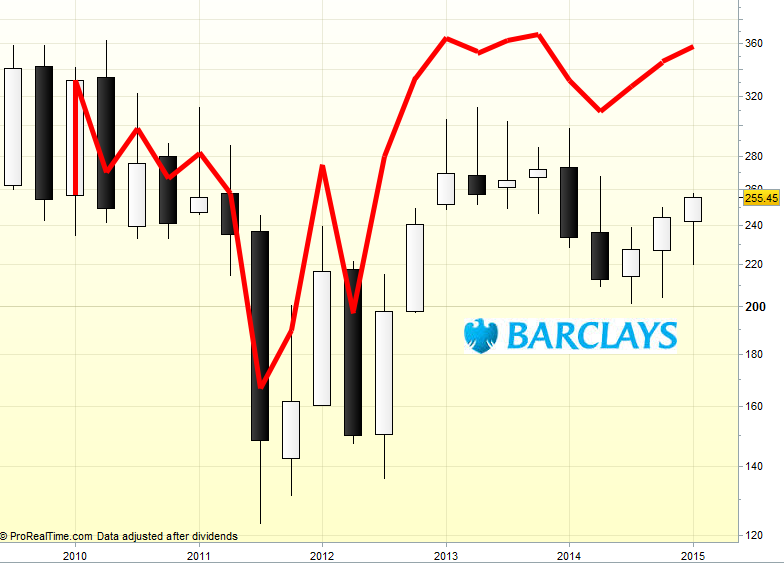Market Beat Understanding volatility
Post on: 16 Март, 2015 No Comment

Related Media
Investing in stocks entails taking on some risk. Leo Buscaglia said, “The person who risks nothing does nothing, has nothing, is nothing and becomes nothing.”
Successful investors have to take on some risk. There are many different types of risk that affect the stock market.
One type of risk is really just the volatility of stocks. Volatility is a measure of how much the price of a stock bounces around. It is measured by calculating the standard deviation of the returns.
High volatility can make investors very nervous and can lead to some overly emotional decision-making. Many people look at historical returns of investments when they are evaluating stocks without considering the volatility.
Two investment choices may have similar returns, but have very different volatility characteristics.
Let’s look at a recent example. Consider two stocks with very similar returns over the last 12 months. Both are companies that should be familiar to most people and are ones that I like doing business with personally. One is Caesars Entertainment, the parent company of Harrah’s casinos. The other is Starbucks.
I enjoy a hot coffee now and then and like dropping by Harrah’s occasionally if I’m in Reno or down at the South end of the lake. In the last 12 months, both stocks enjoyed a gain of just about 20 percent, according to my Bloomberg terminal — Caesars had a gain of 20.394 percent and Starbucks rose by 19.863 percent, so let’s round a little and call it 20 percent.
Sounds like an investment in either one would have produced the same result over the last year, right?
Well not so fast. Let’s also consider the volatility. By looking the volatility up on Bloomberg, I see that the volatility of Caesars was a whopping 66.002 — let’s call it 66 — while the volatility of Starbucks was only 20.711, or 20. While both investments had almost the same returns. Starbucks did it with much less volatility.

Does that make Starbucks the better investment choice? It seems like it would, but that depends on your individual goals and risk tolerance.
People holding a stock like Starbucks may be more comfortable, but people who want to accumulate stock and are using a strategy known as dollar cost averaging where they invest a set amount on a regular basis can actually get superior performance from stocks with higher volatility.
Historical volatility and personal goals are factors that should be considered when making investment decisions, not just returns.
Kenneth Roberts is a Truckee-based Registered Investment Advisor. Information on his money management service can be found at his blog at www.sellacalloption.com or by calling 775-657-8065. Past performance does not guarantee future results. Consult your financial adviser before purchasing any security.
Join the Conversation View and add comments
A Facebook account is required














